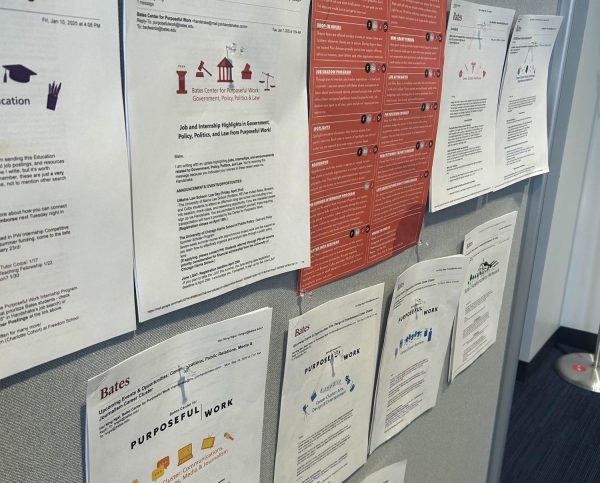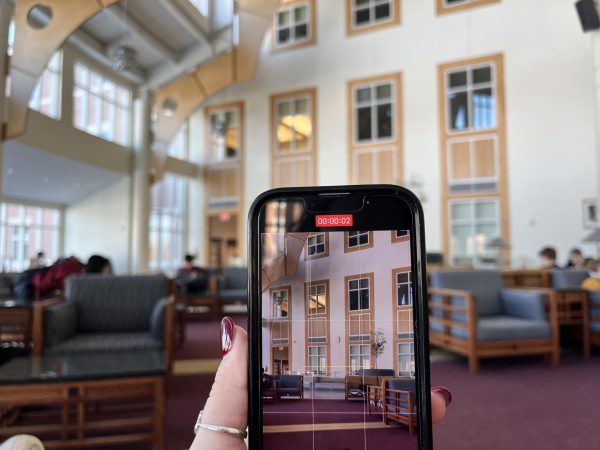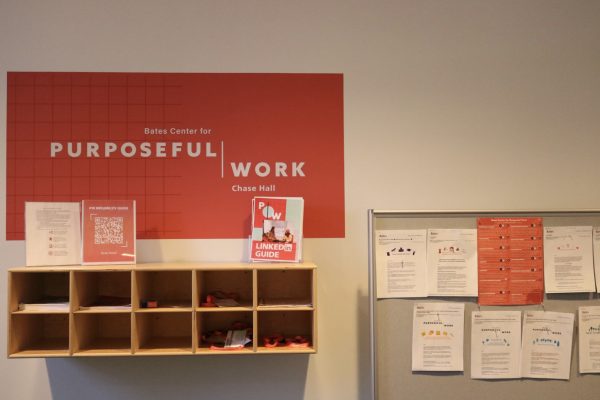The Role of Affirmative Action at PWIs
It has reached the fateful time of the year at which wide-eyed high school students anxiously refresh their college application portals and flood your Instagram feed with cheery, albeit annoying, stories about where all of their friends are going to spend the next four years.
Freshly removed from my own senior year, I was disheartened but altogether not surprised to hear peers, parents and even teachers at my primarily-white high school questioning the legitimacy of students’ college acceptances because of their race. In this most recent round of college admissions, I have heard similar comments behind closed doors.
As a biracial student, race was a large consideration of my college process. Starting with middle school standardized tests, I was repeatedly told that in order to maximize my chance of attending premiere institutions, I should withhold that I am an Asian American.
In both white and Asian communities, the prevailing sentiment is that deserving students are cheated out of their rightful spots in college admission classes, because the schools hold an inherent bias toward less qualified Black and Latinx students. This perceived racial discrimination against white and Asian students has culminated into two civil suits: Abigail Fisher’s 2008 suit against the University of Texas and the Students for Fair Admissions 2014 suit against Harvard University, the former of which reached the Supreme Court in 2013 and again in 2016.
The plights of these plaintiffs have been co-opted by Students for Fair Admissions, a conservative activism group whose goal is to remove all race considerations from college admissions. Students for Fair Admissions first attempted to dismantle affirmative action with the story of Abigail Fisher, who alleged that the University of Texas discriminated against her and admitted less deserving students of color because of their race.
Despite what the plaintiffs would argue in Fisher v. UT of Austin I and II (which I had the honor of attending and promptly napping through in the 8th grade), the fact of the matter is that Fisher missed out because her application was not enough. Only five of the students with lower test scores and grades admitted were Black or Latinx, while 42 white students with lower scores were admitted; a staggering 168 Black or Latinx students were rejected in spite of the fact that their admissions metrics exceeded Fisher’s.
After the Supreme Court sent Students for Fair Admissions back to the drawing board, they reemerged with a new base of Asian American support. Court documents refer to an internal 2013 investigation into Harvard admissions that cites discrimination against Asian applicants. However, Asian acceptance into Harvard has never been higher. This past year, Asian Americans made up 27% of Harvard’s admitted students, topping the earlier record of 24.5% the previous year. If trends stay consistent, Asian American admissions into top colleges will continue to rise, begging the question as to why there is a perceived issue with race in admissions in the first place.
The lock and key nature of holistic review often make college rejections hard to comprehend, especially when easily comparable metrics like SAT scores and GPA seem to point to an easy acceptance. In the setting of a Predominantly White Institution (PWI), it is imperative that we remember that affirmative action was instituted only 57 years ago in an effort to undo centuries of systemic white supremacy, and to protest such installations is to argue for a regression to segregated America. People of color were not accepted to college because of their race, and no one was rejected because of it, either.
Your donation will support the student journalists of Bates College and help us cover our annual website hosting costs.






